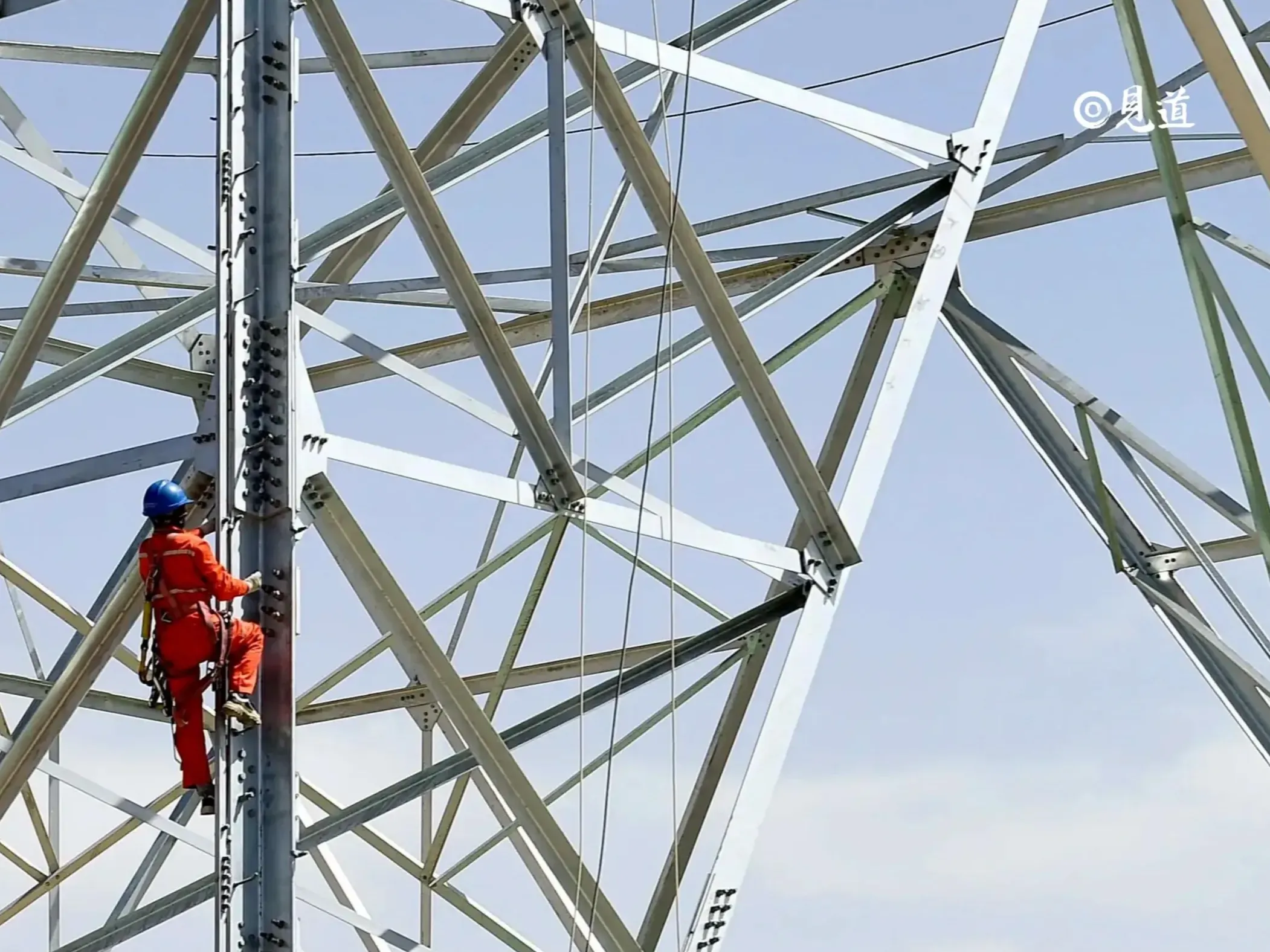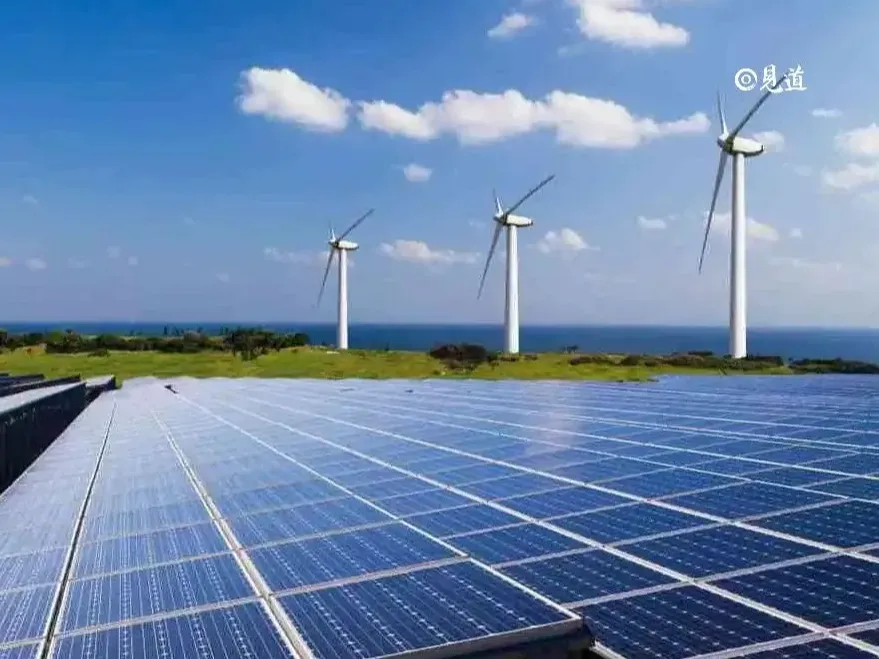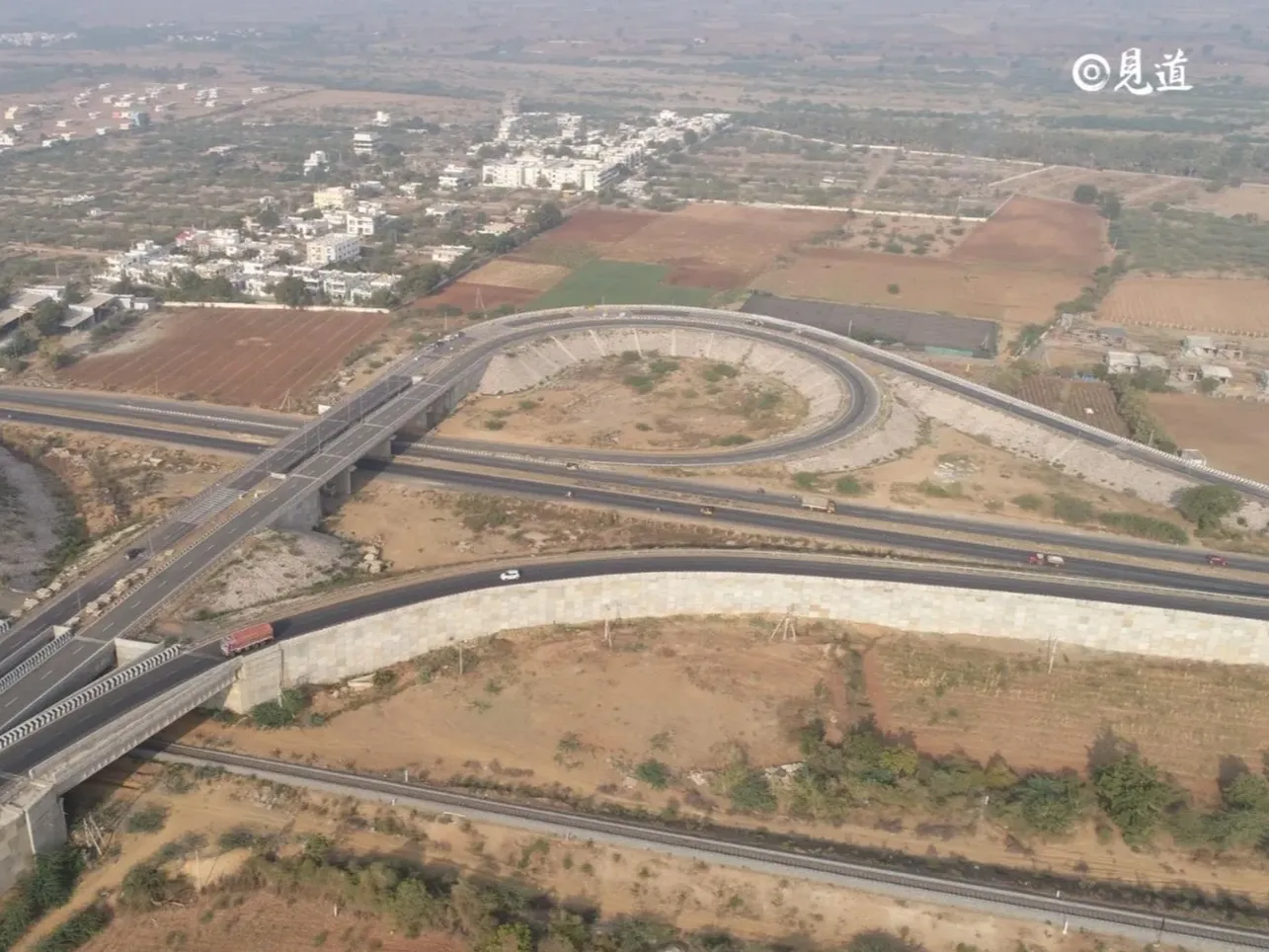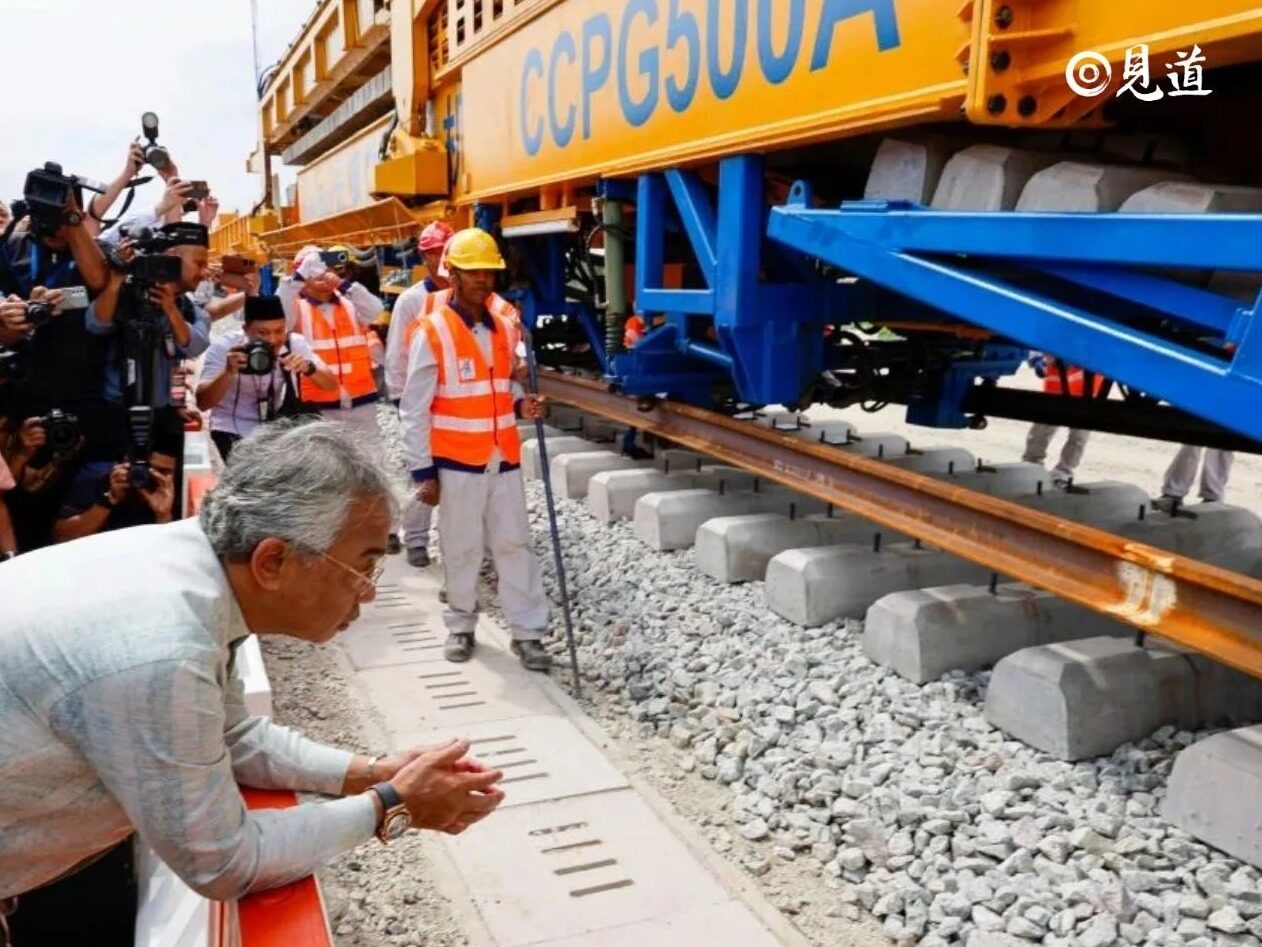- China-asean port cooperation has shown strong momentum and potential

Addressing the opening ceremony of the 11th Pan-Beibu Gulf Economic Cooperation Forum on October 16, 2020, Li Xiaopeng, Minister of Transport of China, said, "From January to September, the port throughput of Beibu Gulf increased by 21.68% and 34.93% year-on-year, fully demonstrating the strong momentum and potential of China-Asean cooperation.
Participants of the 11th Pan-Beibu Gulf Economic Cooperation Forum held in Nanning, South China's Guangxi Zhuang Autonomous Region, on Oct. 15, 2018. It is widely believed by industry insiders that even in the face of COVID-19, the port cooperation between China and ASEAN is less affected, and the increasingly deepened port cooperation is becoming a stabilizer of regional economy and trade, pushing bilateral relations to a higher level.
China and ASEAN countries are linked by land and sea, and the Beibu Gulf is linked by 11 countries.
The China-Asean Port City Cooperation Network was established in September 2013, and now has 39 members, covering major ports and relevant institutions of China and ASEAN countries. Over the years, China and ASEAN countries have constantly improved mechanisms, expanded cooperation networks, and deepened and realized maritime connectivity.
Guangxi beiwan port is the nearest outlet of western China facing asean and an important portal connecting One Belt And One Road organically. Huang Baoyuan, deputy general manager of Guangxi Beibu Gulf International Port Group Co., LTD., introduced that there are 268 production berths in Beibu Gulf port, including 95 berths of 10,000-ton class and above, with the maximum berthing capacity of 300,000-ton class and comprehensive handling capacity of about 260 million tons, and 28 foreign trade routes have been opened, realizing the full coverage of major ASEAN ports.
In the past, durian, mangosteen and other southeast Asian tropical fruits to enter sichuan, Chongqing and other southwestern consumer markets, it took at least half a month, but now less than a week. This has benefited from the opening of direct air routes from Beibu Gulf Port to Thailand's Linchaban Port, Bangkok port and Latakia Craban port, which has effectively alleviated road traffic congestion.
Thai Deputy Prime Minister and Commerce Minister Zhu Lin attributed this to the success of close cooperation between the two countries. He said that in recent years, the port authorities of China and Thailand have carried out continuous cooperation, and The port of Linchaban and The port of Qinzhou in Guangxi have signed a sister-port intention, and the logistics cooperation between the two sides has become more systematic.
On the same day, the Opening ceremony of the "Fruit Express line" was held in cooperation between The Port of Beibu Gulf and Cambodia's Sihanouk Port. This "fruit Express line" from Cambodia to The port of Beibu Gulf Can be transported from Sihanouk Port to The Port of Beibu Gulf in four days, and the fruits can be transported to the Asia-Europe market through combined sea and rail transport.
Last August, the direct container liner service between Beibu Gulf Port and Manila was officially launched. This is the first direct container liner route from Beibu Gulf Port to the Philippines, providing a new route and convenient service for the import and export of goods between southwest China and Manila of the Philippines.
Artur Tugard, Secretary of Transportation of the Philippines, said that the Philippines is both an archipelagic and a maritime country, and maintaining port development and investment is vital to the overall domestic economic development. The two countries will further deepen cooperation to achieve rapid and inclusive growth.
Regional cooperation faces new challenges
In recent years, Beibu Gulf Port has continuously expanded its investment in Malaysia's Kwantan Port and Brunei's Mora Port, and pushed forward negotiations on the cooperative development and construction of ports with other ASEAN countries, thus accelerating the pace of port internationalization.
As flagship projects in china-Malaysia cooperation, The Qinzhou industrial Park and The Kuantan Industrial Park are located in the unique geographical locations of The Qinzhou and Kuantan ports. The construction of the ports has been a constant boost to the industrial cooperation between China and Malaysia.
Transport Minister Wei Jiaxiang said that Malaysia has made great progress in port construction and maritime industry in recent years, and will continue to enhance the competitiveness and efficiency of its ports, strengthen cooperation with China and other countries in the Pan-Beibu Gulf region, and make good use of the Pan-Beibu Gulf Cooperation mechanism for win-win cooperation with other countries.
The participants agreed that the port cooperation between China and ASEAN is deepening, and the new international land and sea trade routes are playing an important role in promoting the development of china-asean port cooperation. Since its opening in 2017, the new channel has continuously promoted logistics cooperation and economic and trade exchanges between China and ASEAN.
"The growing volume of trade between China and ASEAN is posing new challenges to the traditional port collaboration between the two sides." Liu Peng, deputy director of the Vocational Qualification Center of the Ministry of Transport of China, said that with opportunities emerging in China-Asean economic and trade exchanges, it is necessary to accelerate the development of port transport cooperation, ensure the effective implementation of the Pan-Beibu Gulf Maritime connectivity project, and provide guarantee for better connectivity between domestic and international markets.
In the first three quarters of this year, China's import and export to ASEAN increased by 7.7%, making ASEAN China's largest trading partner, forming a sound pattern in which China and ASEAN are each other's largest trading partner.
At present, China is stepping up efforts to promote the formation of a new pattern of development in which both domestic and international cycles play a dominant role and both domestic and international cycles reinforce each other. Liu Yongman, general manager of China Communications Water Transport Planning and Design Institute Co., LTD., said that the construction of beibu Gulf International Gateway port can better support the double cycle, strengthen the connection between international and domestic supply chains, and better promote China-Asean cooperation.
Zhu was full of expectations for China-Asean port cooperation. He said That Thailand and other ASEAN countries are pushing for the implementation of the Master Plan on ASEAN Connectivity 2025 and hope to conduct more cooperation with China in the future to further enhance the regional economic and trade level. Editor/Xu Shengpeng
Comment
 Praise
Praise
 Collect
Collect
 Comment
Comment
 Search
Search














Write something~